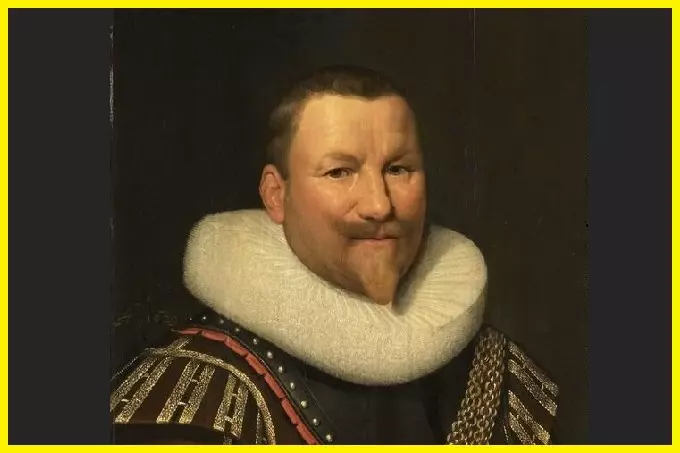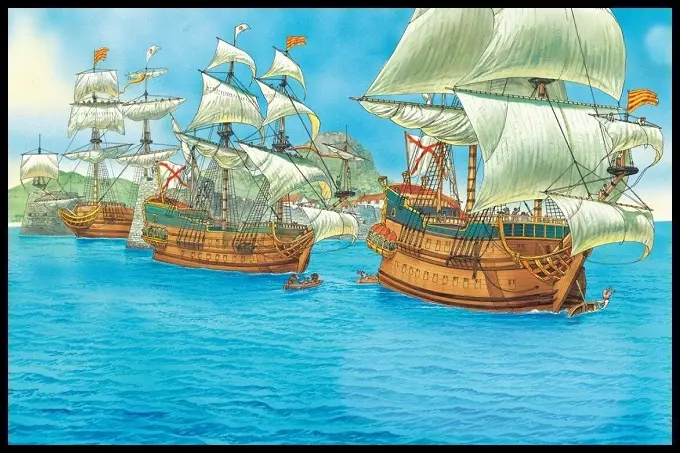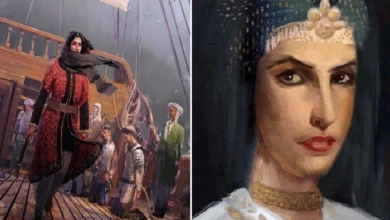Piet Pieterszoon Hein: The largest loot in the history of piracy

Speaking of pirates, the English and French come to mind first, then someone remembers the Mediterranean Italians and Saracens. But most forget that it was not only Britain that was considered the mistress of the seas, fighting with its eternal opponent – France. But Holland also gave the world a lot of trade routes, discoveries, and naval commanders. So among her sons, there were desperate guys who were engaged in sea robbery. And the most famous of pirates can be confidently considered Piet Pieterszoon Hein (or Hein) – a sailor of the XVI-XVII centuries.
Captain and admiral Piet Pieterszoon Hein became famous for a lot of things, but first of all, it is he who owns the record of the one-time production taken. Other corsairs have not gained such wealth during their many-year career.
The future hero was born in a town that has now become a district of Rotterdam. His father can be called a successful rentier, which did not exclude the occupation of a sailor. At that time, in Holland generally, business and maritime business were almost synonymous. So it’s not surprising that Piet Pieterszoon Hein joined the Navy as a teenager.
Piet Hein served under his father until he was 20 years old. In 1598, they were captured by the Spaniards together. And spent several years on galleys in Flanders, then occupied by Spain. It is not surprising that Piet’s hatred of Spaniards remained until the end of his life.
He and his father stayed as rowers until 1602, when they were exchanged for Spanish prisoners. However, freedom did not get much for a long time. After a year or a year and a half, he is captured again. And this time, the prisoner is sent to the Caribbean as the same galley slave. And again, several years of captivity ended in an exchange. In 1607, a young sailor entered the service of the Dutch East India Company, which was then almost a separate state with its powerful fleet, which regularly fought with Spain and Portugal.
As part of the East India Company, Piet Hein fights a lot and, at the same time, participates in the trade. Mostly in the waters of the Indian Ocean, and slowly promoted, becoming a captain by 1616. He returned to his homeland, then went hiking in the Mediterranean Sea. In 1618 he was detained by the Venetians, who forced the Dutchman to serve them, which he did until 1621.
Then, having decided that having your own ship is much more profitable than working for an outsider, Hein falls into the category of private owners. He makes hikes in the Atlantic and the Caribbean. He is actively engaged in smuggling, on which he became rich. When the Dutch West India Company was created again in 1621, Piet Pieterszoon Hein found a place in it, not as an employee but as one of the shareholders. At the same time, an agreement is concluded with the company, according to which the seafarer receives the right to engage in privateering activities, aimed at Spain, and Hein is so well engaged in this activity that he soon becomes a vice-admiral of the organization.
Since then, he has never operated a single ship. From then on, he has a whole fleet and several thousand people at his disposal, which allows him to perform large-scale operations. They plunder the coast of Brazil, seizing what they can reach. What can be held, they hold. What is not allowed is drowning. The Portuguese and Spaniards hate him, but at home, they idolize him.
Interestingly, Piet Hein has never been famous for bloodthirstiness and cruelty. Rather, on the contrary – with generosity and condescension. That did not prevent him from maintaining the strictest discipline on his ships. Why Holland was only winning.

All through 1627, Hein has been hunting for Spain’s Silver Fleet but unsuccessfully. A lot of ships were sunk, a lot of tobacco, hides, sugar were captured. The price of mining is great, but the main target is constantly slipping away.
In 1628, Hein had 31 ships and almost 700 cannons. 1,000 soldiers have been added to 2,300 sailors. With these forces, Piet Pieterszoon Hein goes to intercept the Spanish fleet exporting valuables from Mexico, Peru, and the Philippines. To Hein’s misfortune, a cabin boy escapes from his ship in Venezuela and falls into the clutches of the Spaniards. They learn about the plans of the opponents and manage to warn part of the transport fleet, detaining it in harbors under cover of coastal batteries. But the part of the caravan that left Mexico (20 galleons) does not suspect anything and goes along the usual route.
Off the coast of Cuba, these ships fall into Hein’s hands. The fight is fleeting, sudden, almost without shooting, and completely bloodless. The Spaniards are caught off guard and immediately capitulate, not having time to prepare for battle and not seeing the possibility of resistance. However, 4 ships manage to escape. Moreover, the Spaniard responsible for guarding the convoy is also running.
Even after capturing part of the fleet, the Dutch become owners of a huge prize in value, in which silver, gold, pearls, cochineal, indigo, mahogany, and a lot of other equally valuable goods. There is enough money for the admiral, his subordinates, and the company’s shareholders. The fifth part is legally given to the state, and this money is enough to support the entire Dutch army for 8 months! It is not surprising that in Spain, they got nervous and quickly cut off the head of the one who was supposed to be responsible for the safety of transporting such a valuable cargo.

Hein became a folk hero, but because of his growing popularity, a conflict with the leadership began. And he changes his place of service, moving to the position of commander-in-chief of the fleet of the Dutch Confederation. In this position, he dies, accidentally meeting alone with three Spanish corsairs during a large-scale operation against these very corsairs. Without hesitation, Hein rushes into battle, squeezing between two Spanish ships, and simultaneously attacks two enemies. That’s just unlike the book hero, Piet Pieterszoon Hein was unlucky. At the very beginning of the battle, a Spanish ball hits him in the right shoulder, killing him on the spot.




